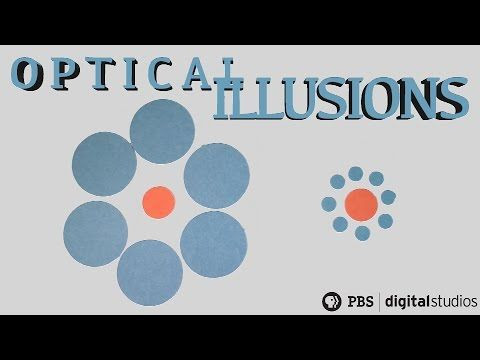Optical Illusions: Size Of Visual Cortex In Brain, Culture Influence What People See

American psychologist Joseph Jastrow illustrated an optical illusion in the mid-1800s. Depending on who looked at it, the illustration would either be a duck or a rabbit. Why the difference? Some studies suggest it has to do with the size of a person’s brain, while others chalk it up to culture.
In partnership with PBS Digital Studios, BrainCraft releases a weekly video on all things psychology and neuroscience. Their latest tackles optical illusions, citing research that found a larger visual cortex — the part of the brain responsible for processing visual information — can better judge the size of an image. A smaller visual cortex isn’t as accurate. Scientists speculate this has to do with the concentration of chemical messengers inside the visual cortex.
Separate research, on the other hand, found people with autism and people from different cultures see illusions differently, too. For example, when the illusion is presented on Easter Sunday, or during rabbit season, more children report seeing the rabbit. If the illusion were presented during duck season, children would report seeing the duck.
Whether it’s our brain size or culture, optical illusions are designed to be deceiving at the end of the day. Or, to quote Susana Martinez-Conde, director of the visual neuroscience lab at Barrow Neurological Institute: "An illusion is a phenomenon in which our subjective perception doesn't match the physical reality of the world.”
So, what do you see: a duck or rabbit?



























